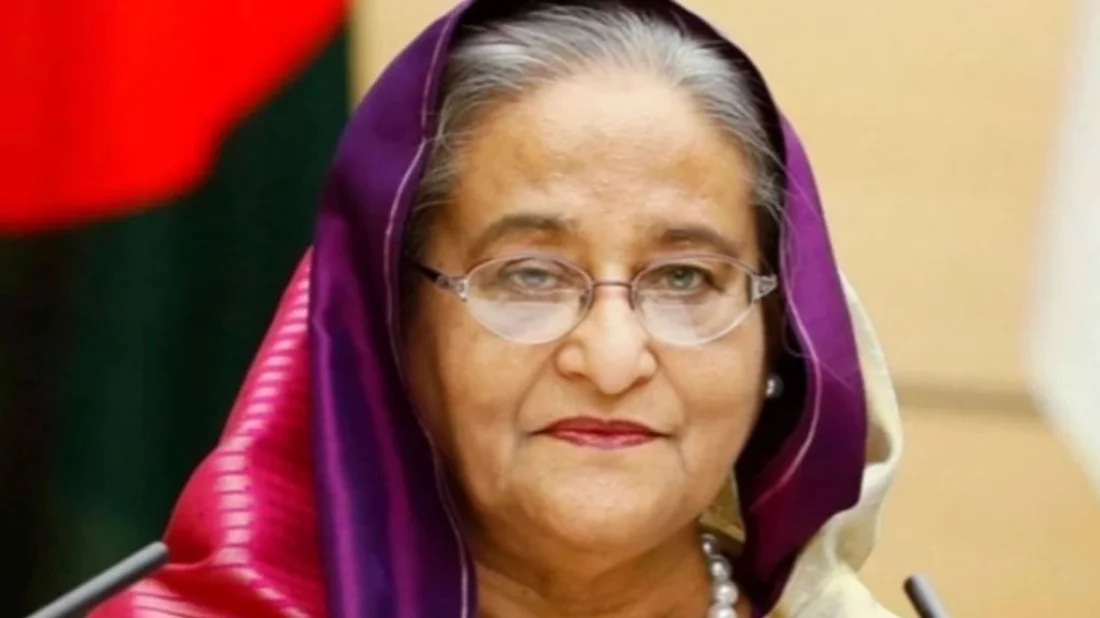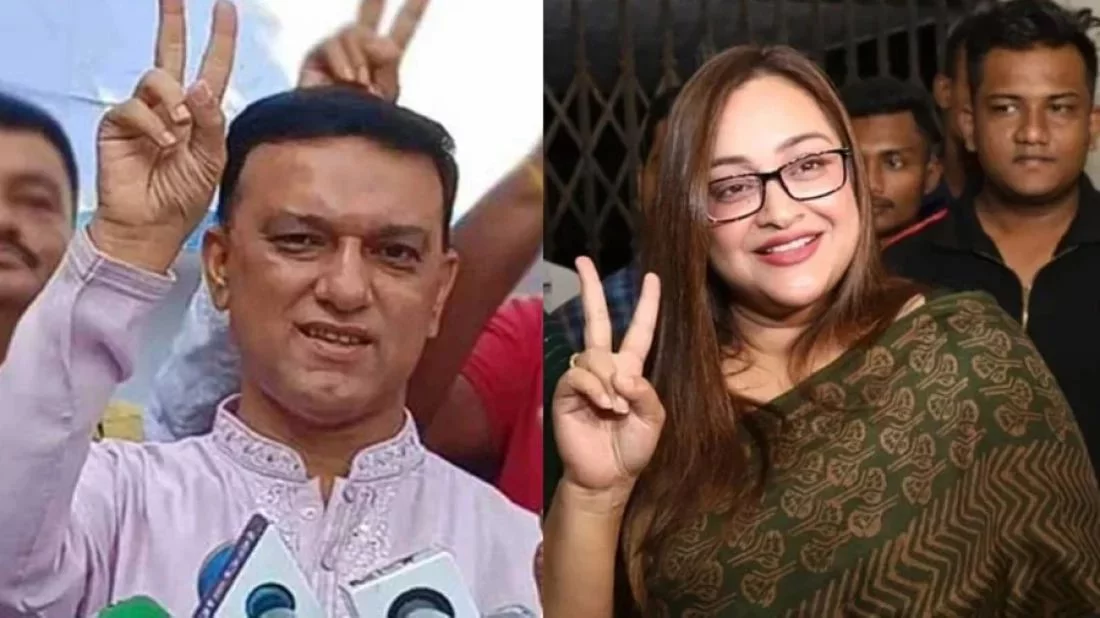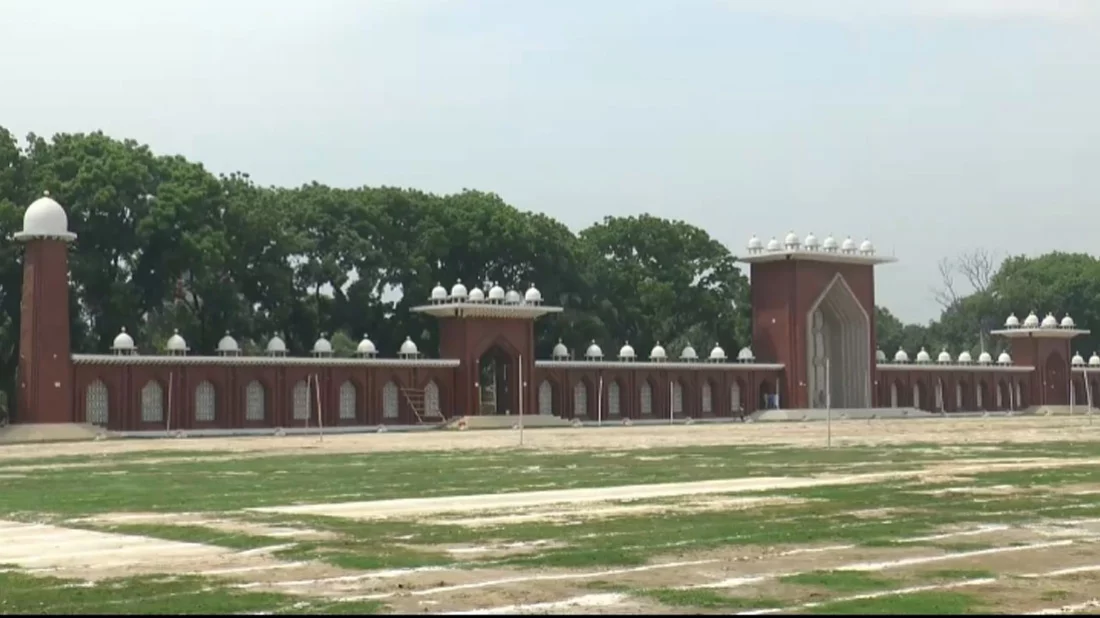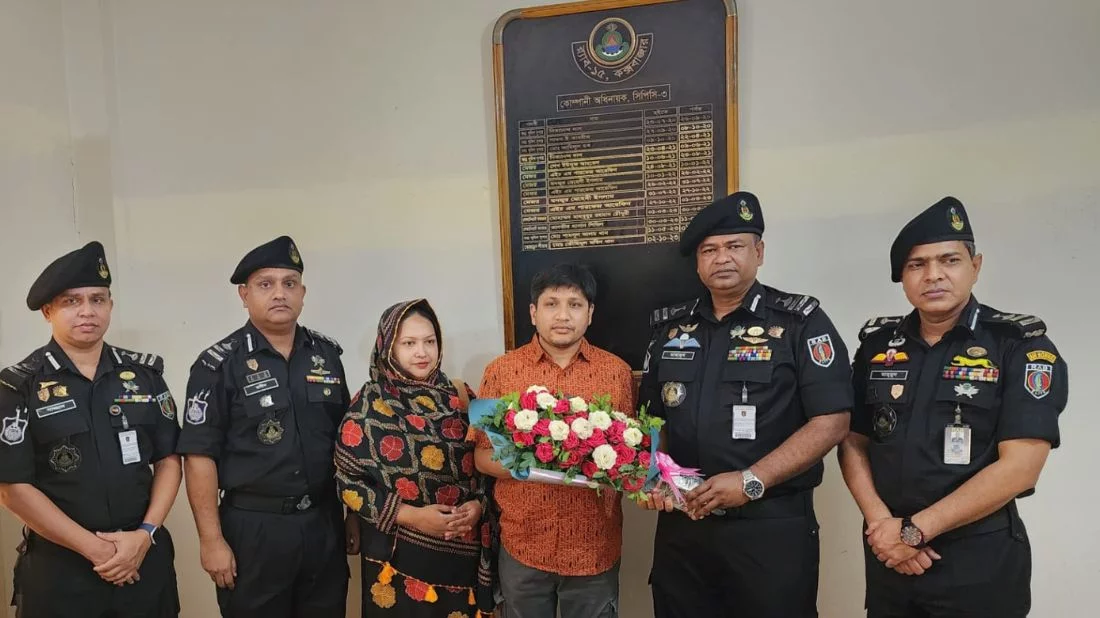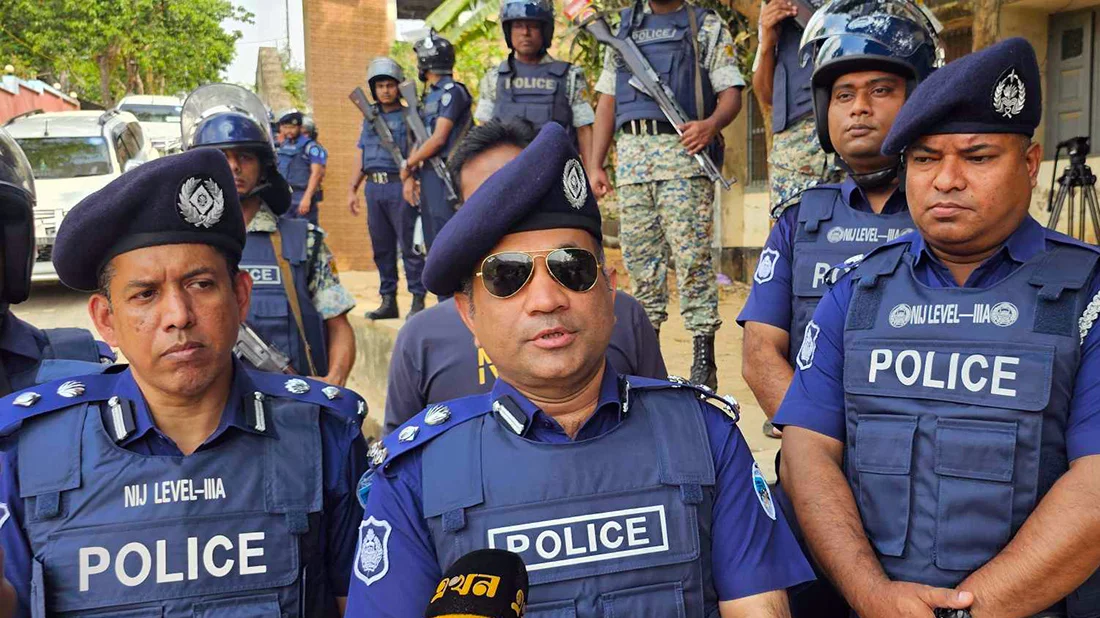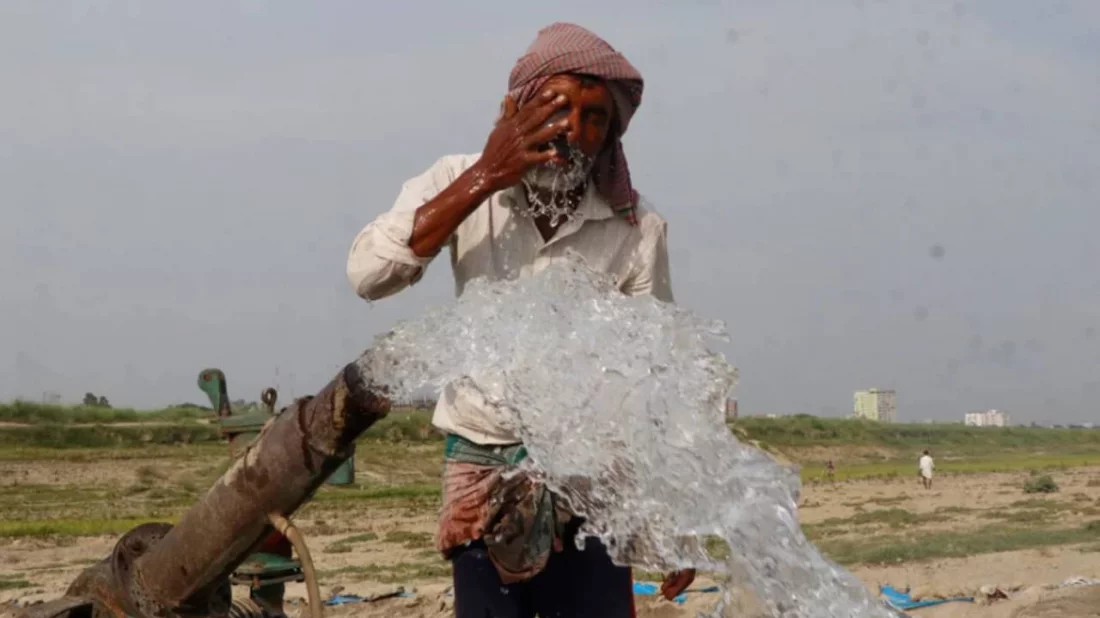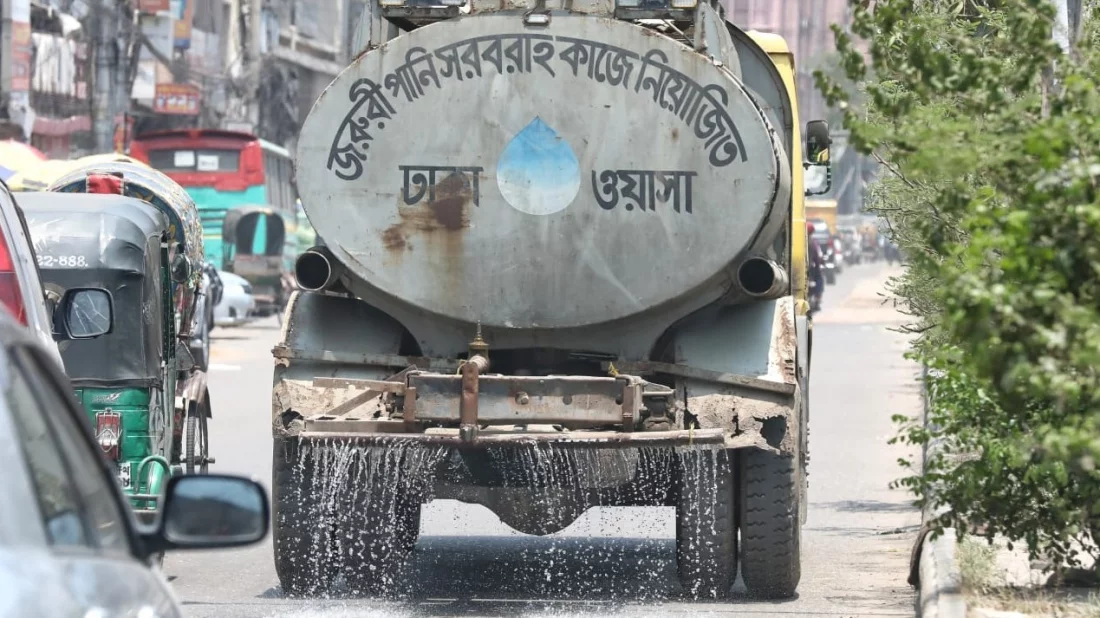
Bangladesh is in the grip of a scorching heatwave, with Dhaka experiencing its effects intensely. As mercury soars, Dhakaites are grappling not only with the oppressive heat but also with an increasing water crisis.
Across various areas of Dhaka, including Gulshan, Nandipara, Ibrahimpur, Monipur, and Matikata, residents are facing acute shortages of clean water, rendering everyday tasks like bathing and household chores impossible.
Reports indicate that nearly all ten regional offices of Dhaka Wasa are grappling with water supply issues.
These problems extend to areas such as Nawabganj, Jafrabad, and Katasur in Zone-2, Barabagh, Monipur, Agargaon, and Mirpur 12 in Zone-4, Gulshan 1, Road No. 83 in Gulshan 2, and Malibag Bazar Road in Zone-5.
Moreover, regions like Banasree F Block and Nandipara in Zone-6, Rasulpur, Pagla, Nurbagh, Adarshanagar, Nama Shyampur, Nishchintpur, Delpara, Shantidhara, and Daulatpur in Zone-7, and Ibrahimpur, East Shewrapara, Medina Nagar in Mirpur 11, Baigartek, Matikata, and Uttara's sector 15, 16 and 17 are also affected.
Dhaka Wasa officials have said that while there is no overall shortage of water supply, localized issues persist due to a combination of factors. These include declining groundwater levels, heightened demand exacerbated by the extreme heat, and insufficient deep tube wells to meet the demand in some areas.
Wishing to remain anonymous, an engineer from Dhaka Wasa said that water extraction from deep tube wells has diminished in certain locales due to declining groundwater levels, exacerbating the situation during the summer months when demand peaks. This recurring water crisis during April and May is a familiar challenge for the capital.
People suffering
Advocate Shahjahan, a resident of Gulshan area, said that people in his area have been experiencing a water crisis for several days. “Especially, people of North Gulshan are facing severe scarcity. We have met several times with Wasa officials. They need to install a water pump in Gulshan North area.”
Discussions are now underway on how to provide Wasa with a place to install the pump, he added.
Meanwhile, in Nandipara's Trimohoni area, despite having three water pumps, two of them dispense contaminated water, leaving locals with just one functional pump.
Dhaka Wasa authorities said the situation will improve in a week or two.
Mohammad Imranul Islam, executive engineer of Dhaka Wasa, said: “The installation process for the iron removal plant is currently underway. As for the exact completion timeline, I am unable to provide it. The people installing the plant can tell that. You should contact them.”
The situation is dire, with residents enduring long queues and health risks due to the scarcity of fresh water.
Complaints to Dhaka Wasa have yielded little relief, with promises of resolution often unfulfilled.
What the Wasa says
Dhaka Wasa claimed that the demand for water in Dhaka is greater than the production. However, due to the setting up of iron removal plants and the water level going down, there are water problems in some places.
According to Wasa, problems are reported in some places due to a lack of a rationing system in all areas.
In case of a water shortage in one area or if deep tube wells fail, water is brought from the surrounding area to meet the demand. This is called rationing.
Wasa says that if there is a water problem in any area, people should contact via hotline number 16162.
Despite repeated attempts, Dhaka Wasa Managing Director Engineer Taqsem A Khan and Deputy Managing Director AKM Sahid Uddin could not be contacted over the phone.
It should be noted that water shortages occur in several areas, including Malibagh, Gulbagh, Sheorapara, Lalbagh, and Rayerbagh of the capital, even before the beginning of Ramadan.
When asked about this during Ramadan, Dhaka Wasa authorities said that there was no shortage of water anywhere in the capital. Any problems reported would be resolved in a day or two.



